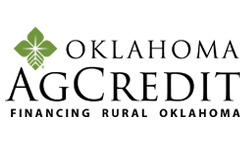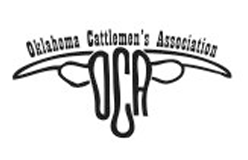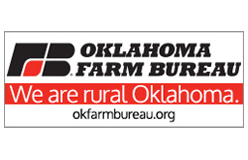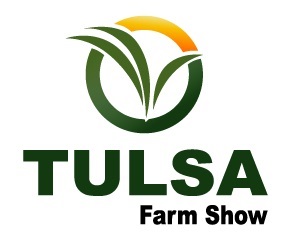
The U.S. Environmental Protection Agency (EPA) has been “extraordinarily active” in 2025, making three significant changes to the Renewable Fuel Standard (RFS) that are poised to reshape the biomass-based diesel market.
University of Illinois, Todd Gleason spoke to agricultural economists Dr. Todd Hubbs of Oklahoma State University and Dr. Scott Irwin of the University of Illinois, who outlined how these complex rulings create strong incentives for domestic soybean oil and other feedstocks.
“It has been something this year,” Hubbs said, detailing the EPA’s recent actions.
The changes, which are the focus of a new series of articles by Hubbs and Irwin, include:
- June: The EPA finalized the Renewable Volume Obligations (RVOs) for 2026 and 2027.
- July: The agency released a comprehensive ruling on Small Refinery Exemptions (SREs) that had been pending since 2018.
- September: The EPA established a new framework for reallocating those SREs.
The Mandate is Growing
Host Todd Gleason clarified that these changes do not impact the 15-billion-gallon component of the RFS, which is generally met by corn-based ethanol. Instead, the focus is on biomass-based diesel (often called soy diesel).
The mandate for this category is set for a 40% increase, rising from 5.36 billion gallons annually to 7.5 billion gallons by 2027.
A “Messy” Solution to Small Refinery Exemptions
A major part of the EPA’s recent action was resolving the backlog of SREs, which allow small refineries to get out of the RFS mandate.
Dr. Hubbs explained that the EPA was “more stringent” in granting new exemptions than the previous administration. For the exemptions it did grant (covering 2018-2022), the agency returned “worthless” RINs (Renewable Identification Numbers, or credits) from those past years, rather than current, valuable RINs. This effectively removed those credits from the marketplace.
“That’s a mess,” Hubbs said, summarizing the complex situation.
Crucially, the EPA’s new “reallocation” policy means that the exempted gallons will be added back into the RFS, making other, non-exempt obligated parties responsible for making up the difference in 2026 and 2027.
This combination of stringent new rules and reallocation is “helpful” for the agriculture sector and points to “really strong growth” for biomass-based diesel. Hubbs projects the mandate could jump from 5.5 billion RIN gallons in 2025 to over 7.23 billion in 2026.
“Half-RIN” Policy Favors Domestic Production
Perhaps the most significant change, according to Hubbs, was the introduction of a “half-RIN policy” in June, which he described as “unheard of previously.”
Under this new rule, any imported fuel or imported feedstock used to make fuel will only receive half the RIN value.
“Well, that sort of totally favors it, right?” Gleason asked.
Hubbs agreed, noting the policy “sort of favors domestic feedstock and domestic production” and has “big implications” for U.S. producers.
Leveling the Playing Field
Finally, the EPA also adjusted the credit values to put different types of biomass-based diesel on a more equal footing.
The agency lowered the RIN value for non-ester renewable diesel (and Sustainable Aviation Fuel, or SAF) from 1.7 RINs per gallon down to 1.6. This brings it closer to traditional FAME (soy diesel), which has a 1.5 RINs-per-gallon value.
Hubbs and Irwin plan to release additional articles detailing the implications of these changes for feedstock prices as they continue to analyze the new RFS playbook.
(audio courtesy of our fellow NAFB’ers, Todd Gleason at the University of Illinois)

















